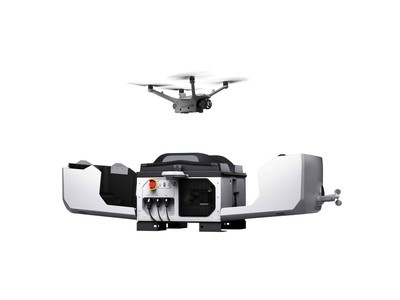A drone shield operates by incorporating a blend of hardware and software solutions tailored to enhance security. These systems can identify drones using radio frequency sensors alongside radar and visual tracking devices. What sets drone shield technologies apart is their ability to provide real-time alerts and actionable intelligence, empowering security personnel to make informed decisions swiftly.
Why Invest in Drone Shield Technology?
The advantages of employing a drone shield system are manifold. Firstly, businesses and governments can ensure protection against espionage and unauthorized surveillance. Whether you’re safeguarding a corporate facility, an event, or critical infrastructure, a drone shield can act as your aerial watchdog, mitigating risks before they escalate into breaches. Additionally, it’s not just about detection—advanced drone shield systems can also disable or redirect drones, ensuring a controlled environment.
Integrating Drone Shield Systems
Integration is seamless, with drone shield technologies compatible with existing security infrastructures. They offer customizable solutions tailored to specific needs, whether for civilian applications or military grade systems. Businesses can opt for scalable solutions, ensuring that as their requirements grow, the system can adapt accordingly.
Evolving Challenges
While drones offer immense benefits across various industries, from delivery services to photography, their misuse poses potential risks. Drone shield systems evolve continuously, adapting to new technologies and countering increasingly sophisticated drone threats. This dynamic nature ensures that investments in these technologies remain relevant and effective over time.
Drone Shield systems also cater to the growing concern of private security. Imagine being able to detect and counter drones attempting unauthorized entry or surveillance of private properties. These systems not only provide peace of mind but also reinforce the privacy rights of individuals.
The Future of Drone Security
The future promises more integration with AI and machine learning, further enhancing the capabilities of drone shields. Predictive analytics will foresee drone activities, offering preemptive security measures. As unmanned aerial vehicle technology progresses, so too will response strategies, ensuring a safe aerial environment.
Frequently Asked Questions:
- What types of drones can a drone shield detect? Drone shields are designed to identify a wide range of drones, from consumer-grade models to more advanced commercial types. Their detection capabilities are continually updated to handle emerging drone technologies.
- Are drone shields legal to use? Yes, drone shields comply with regulations, ensuring they operate within legal frameworks. Users should adhere to local laws regarding drone navigation and countermeasures.
- Can drone shields prevent all security breaches? While highly effective, no system can guarantee 100% prevention; however, drone shields significantly mitigate risks associated with unauthorized drone activities.

Enhancing your security with drone shield technology not only safeguards assets and personnel but also provides a strategic advantage in an era where aerial threats are prevalent.